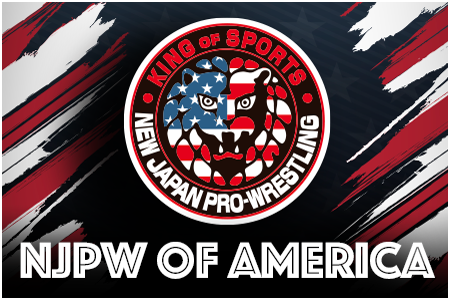This week saw the Road to Wrestling Dontaku kick off in earnest, as events run through Japan during spring en route to the celebration of Fukuoka’s annual Dontaku festival. There’s plenty more action from years past however, as we’ll discover below.
April 10, 1999: Big Egg, Big Bang
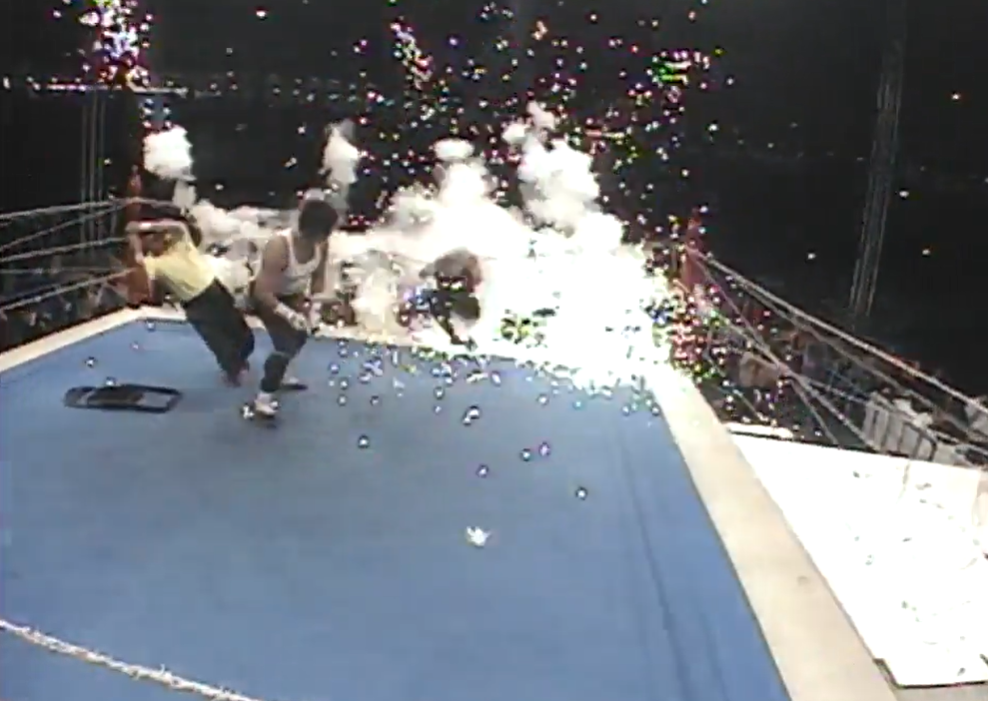
The Tokyo Dome has been home to plenty of violent encounters over the years. As recently as this January 4, Kazuchika Okada and Will ospreay’s encounter turned wild, with tables broken and bodies battered. In 1999 however, the most explosive of violent bouts took place underneath the shell of the Big Egg.
Atsushi Onita walked to the beat of his own drum through his entire career. Having had an orthodox start as a junior heavyweight in All Japan Pro Wrestling, he became an innovator of the hardcore deathmatch style in the FMW promotion. He would walk away from FMW in the late 1990s however, and almost from professional wrestling entirely, before he hit NJPW rings in 1999.
Onita positioned himself as the ultimate anti-establishment figure against the established success of the cerulean blue. In his mind, nobody embodied the professional wrestling establishment more than the retired Riki Choshu, and he began a campaign to bring Choshu out of retirement by taking on his student Kensuke Sasaki at the start of the year.
At April’s Strong Style Symphony, though, he would butt heads with another anti-establishment figure in Masahiro Chono. As the leader of nWo Japan, and in the early stages of building the team known as Team2000 around himself, Chono was used to going against the authoritarian grain, but he felt strongly that Onita’s brand of wrestling had no place in NJPW. The two would eventually head into Onita’s form of match, an electrified barbed wire rope explosion deathmatch.
It was a match that was almost entirely kept off the record. Not on the main card, it was instead billed as a special opening bout. It’s main referee was not NJPW’s Tiger Hattori but a referee then primarily officiating in the WAR company by the now familiar name of Red Shoes Unno. It was by no means a normal match for by no means a normal night in the Tokyo Dome.
April 12 1997: Return of the Tiger King

The influence that New Japan Pro-Wrestling had on the public consciousness in the early 1980s can not be overstated. Through prime time television on Friday nights, NJPW action captured the attention and imagination of a generation, and the two biggest names to fans of the era were Antonio Inoki and Tiger Mask.
While Inoki was the standard bearer for New Japan Pro-Wrestling at large through its first years, Tiger Mask was a new character, adapted from a hugely successful manga and anime, and brought to life with aplomb by one of the most incredible athletic performers of the age. The original Tiger Mask would not only influence a legion of fans, but a generation of future professional wrestlers as well, although his eventual time in NJPW was relatively short.
Tiger Mask would part ways with NJPW in 1983, barely two years into a super star run. Forming the original UWF, his distance toward NJPW seemed never to close again, until 1994, and a fateful singles exibition match with Jyushin Thunder Liger in his hometown of Fukuoka at Dontaku ’94. Three years later, and he was in the cerulean blue once more, the Tiger King returning to face Inoki as he was on his final countdown tour toward retirement. A cross generational openweight dream match, this was a moment those in attendance wouldn’t forget.
April 13, 2007: Justice Served Gold
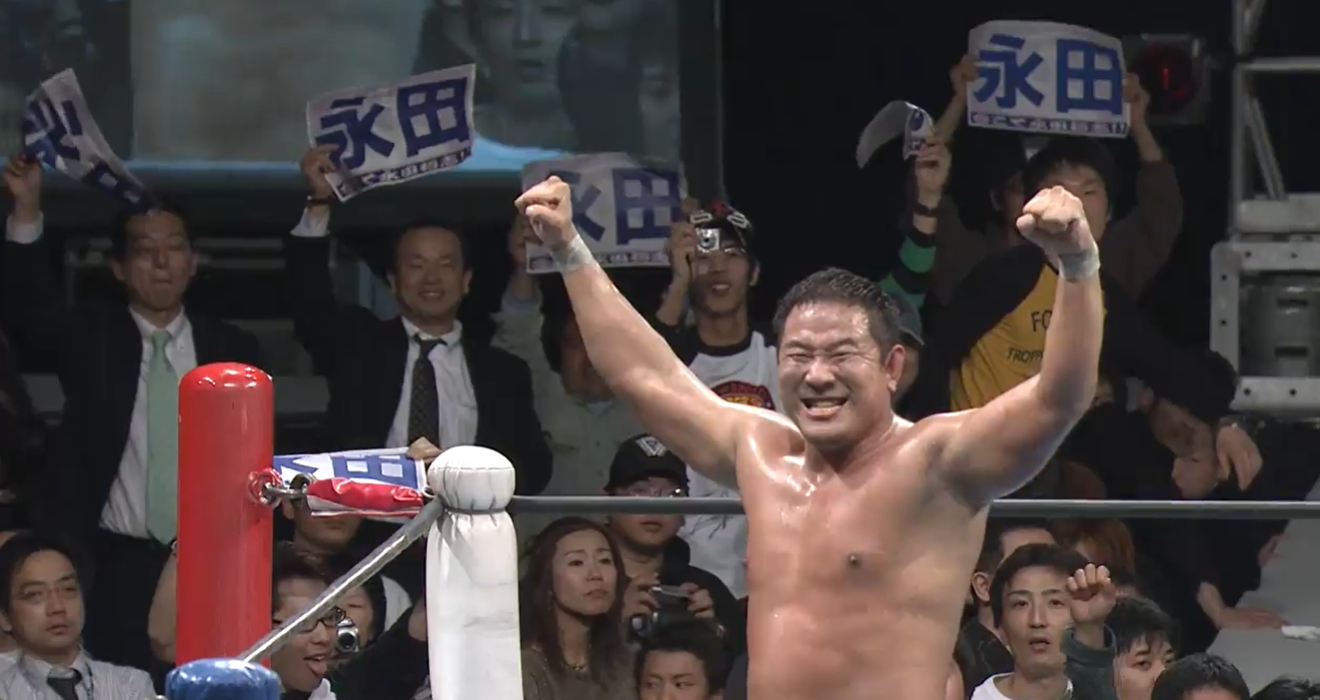
In a turbulent period for NJPW through the early to mid 2000s, Yuji Nagata was the model of stability. Blue Justice would be at the forefront in NJPW, taking on all comers in the pro-wrestling and MMA spheres, most notably in what was the most successful IWGP Championship reign to that point in history. For a 392 day period over 2002 and 2003, Nagata carried the IWGP standard through a then-record 10 defences. Yet after that reign ended at the hands of Yoshihiro Takayama on May 3 2003, Blue Justice would not reign in New Japan for four years.
While Nagata was separated from the championship, a future Ace found his spot at the top. Hiroshi Tanahashi would secure his first IWGP Heavyweight Championship in July 2006, defeating Giant Bernard in Hokkaido and delivering his ‘I love you’ address to the crowd for the first time.
Tanahashi represented a new generation of New Japan Pro-Wrestling, but as appreciative as he was of the fanbase, the traditionalist fans weren’t instantly appreciative of Tanahashi. As the champions flash and swagger was taken as arrogance from crowds across the country, support stayed strong for the generation above that Nagata represented.
Nagata was willing to bet the farm on their eventual title clash in Osaka; this match would be regarded as Nagata’s ‘last chance’ at IWGP glory. After some brutal hard hits from both sides, the gamble would pay off.
April 14 & 15, 2019: Even Stephen
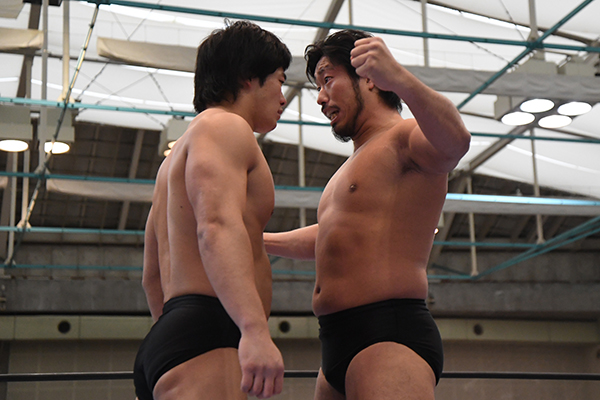
The intense development process at New Japan Dojos around the world breed a rare companionship, as young prospects spend all day every day with one another working and training together constantly. When these new top talents to be get in the ring together however, that rare companionship turns into an intense rivalry. Wrestlers in the same Dojo class will naturally face intense scrutiny from fans, and comparisons are inevitable.
That said, Yuya Uemura and Yota Tsuji have an even more intense Young Lion rivalry than most. The two both debuted on April 10 2018, and first faced one another one on one two weeks later. Since then, 45 matches have taken place between the two, and even to date, neither man has gotten a clear and sustained advantage over the other. In their first 21 meetings the result was a ten minute time limit draw, leading to their matches being given an extended 15 minute time limit from Road to Dontaku 2019. Finally, the draws came to an end, but Uemura and Tsuji would trade victories from these matches last April onward.
Relive these matches here and here!
April 16 1994: Immediate Impact
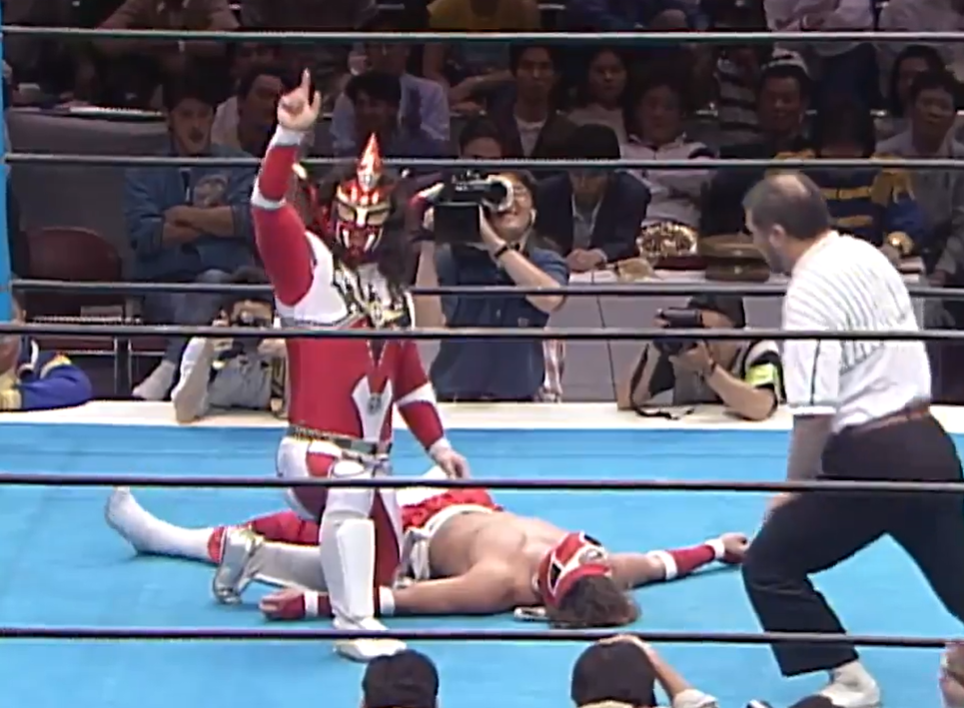
In April 1994, Jyushin Thunder Liger was able to enact an idea he had been obsessed with for decades. In 1979 as a middle schooler, he had attended the ‘All Star dream Match’ card hosted by Tokyo Sports newspaper on their anniversary. The event brought together names from all over Japan, not isolated to one promotion, for one festival of professional wrestling. Famously this would be the last time that the B-I Cannon duo of Giant Baba and Antonio Inoki would ever team up.
One day, Liger hoped, a similar festival could be brought to contemporary fans, and on April 16, that day came. The Super J-Cup brought together junior heavyweight wrestlers from NJPW, WAR, Michinoku Pro and the independents for one memorable night in the sold out Ryogoku Sumo Hall. Years before social media, Super J-Cup ‘94 became one of the most widely shared, proto-‘viral’ professional wrestling events of the age for the sheer diversity and in ring competitive quality on display.
Liger would memorably face a young firebrand in Hayabusa in the first round. Still in the midst of an excursion from his home FMW, Hayabusa was a relative unknown going into Super J-Cup, but was widely known afterward. Going hell for leather from the outset, Hayabusa unleashed a death defying tope con giro to a Liger still making his entrance, and though Liger would come out on top of the short and intense bout, Hayabusa made a name for himself and then some.


